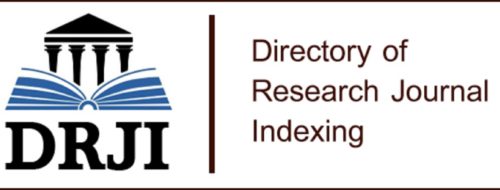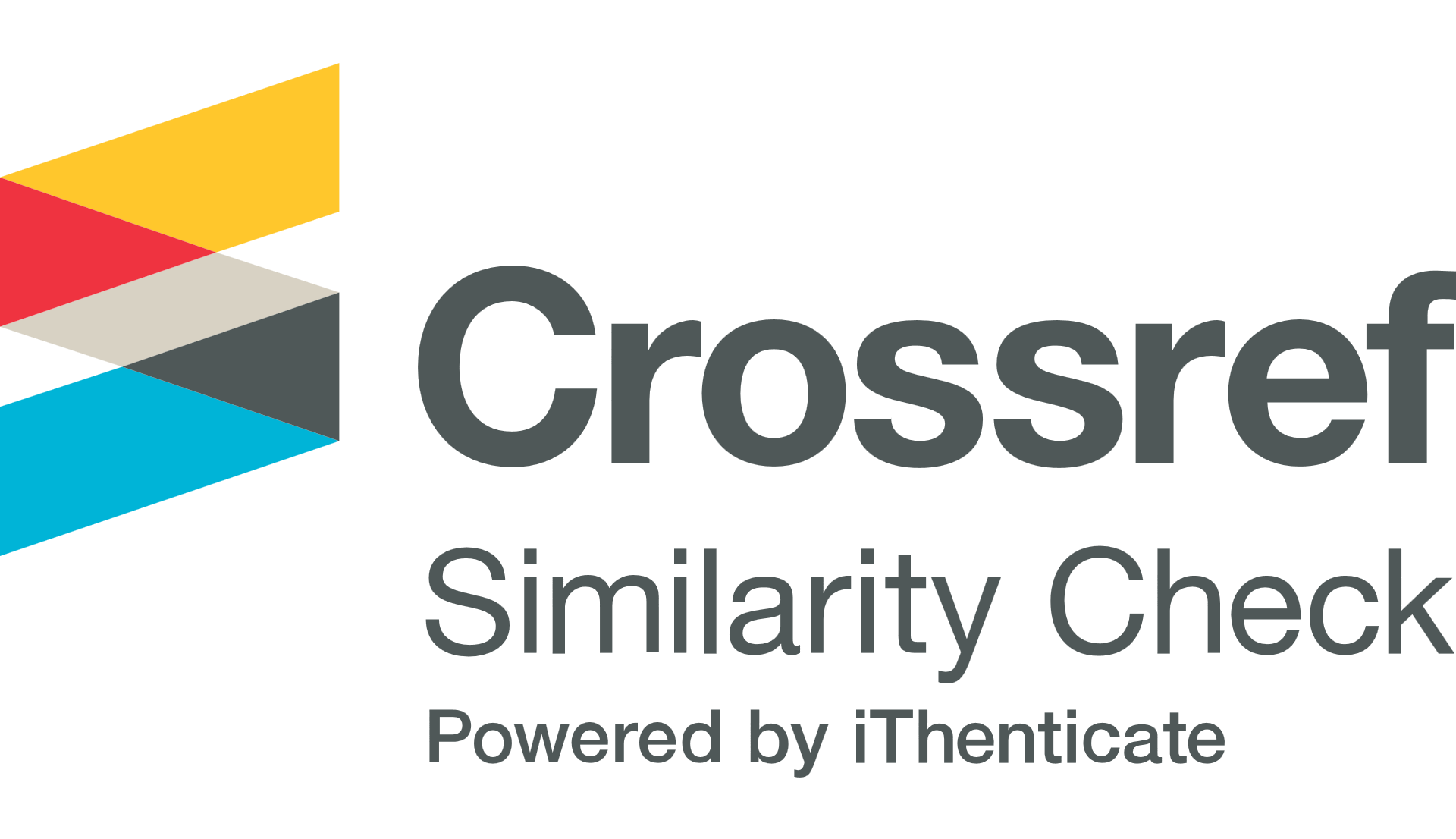EVALUATION OF A WETLAND SYSTEM WITH GUADUA CANE FOR WASTEWATER TREATMENT
Keywords:
Angustifolia, Wetland, Wastewater, Piiot Plant, Microbiological, PurificationAbstract
This research aims to próvida new alternativas for environmentally friendiy wastewater treatment systems and provide good wastewater purification efficiency in physical parameters, biological and microbiological parameters in such a way that they meet the characteristics of a discharge to a body of water within the limits of the TUISMA standard, which regulates permissible limits, provisions and prohibitions for discharges into bodies of water or sewer systems. For the assertion of this premise, the assembly of a Wetland pilot plant with Guadua cañe of the Angustifolia family was carried out which deais part of the discharge of wastewater from the faculty of Engineering of the “Universidad Católica Santiago de Guayaquil”, the Wetland system is composed by three essential parts uptake, driving and regulation ending with the discharge of the pilot plant; A 300-litre homogenizing tank was used for the regulation of the water served; in the same way the sample analyses to be able to check the debugging effectiveness of the system. For a better demonstration of the results, graphs and comparative tables were made to be able to denote the removal efficiency in each parameter by verifying that these are below those specified by the TULSMA standard in each of its utterances. Finally, we mention the different advantages of implementing a Wetland system such as the one proposed in this research to treat wastewater.
Keywords: Angustifolia, Wetland, Wastewater, Piiot Plant, Microbiological, Purification.
References
Avendaño, S., Balderramo, M., & Bardellini, L. (Marzo de 2010). Evaluación de la capacidad de remoción de bacterias coliformes fecales y demanda bioquímica de oxígeno antes y después de la descarga del efluente de la planta de tratamiento de aguas residuales de la ciudad de Portoviejo. Obtenido de Universidad Técnica de Manabí:
Castillo, M., & Acevedo, R. (2013). Manual de Métodos Analíticos para la Determinación de Parámetros Fisicoquímicos Básicos en Aguas.
Colegios Oficiales de Biologos de Madrid y Castilla La Mancha. (14 de 02 de 2015). Programa Nuestro Medio (AULA VERDE). Madrid: Servicios de Publicación COBCM/COBCLM.
Delgadillo, O., Camacho, A., & Pérez, L. (2010). Depuración de Aguas Residuales por medio de Humedales Artificiales. Bolivia: Servicio de Publicaciones del centro de agua de la UMSS.
Espigares y Pérez (1985). Aspectos sanitarios del estudio de las aguas Granada: Servicios de publicaciones de Granada
García, D. (10 de Diciembre de 2016). Cultura cientifica. Obtenido de https://culturadentifica.eom/2019/11/28/que-es-el-ph/
Hernández, R., Fernández, C. & Baptista, P. (2006). Metodología de la Investigación. México: Mc Graw Hill.
http://186.46.160.229/bitstream/123456789/5126/1 /IQ2012-0001 -0025.pdf
INEC. (2010). Censo Poblacional Ecuador. Guayaquil: Servicios de Publicaciones INEC.
Jermaine, C. (2008). Scalable approximate query Processing with the DBO engine. California: ACM Transactions on Database Systems.
Jiménez-Domínguez, B. (2000). Investigación cualitativa y psicología social crítica. Contra la lógica binaria y la ilusión de la pureza. Investigación cualitativa en Salud. Recuperado el 17 de octubre del 2007 de: http://www.cge.udg.mx/revistaudg/rug17/3invesigacion.html
Lorenzo, E., Ocaña, V., & Fernández, L. (2009). Reúso de aguas residuales domésticas para riego agrícola. Revista CENIC, 35-44.
Martelo, J., & Lara, J. (2012). Macrófitas flotantes en el tratamiento de aguas residuales: una revisión del estado del arte. Ingeniería y Ciencia, 221- 243.
Mertens, D. (2005). Research and evaluation in Education and Psychology: Integrating diversity with quantitative, qualitative, and mixed methods. Thousand Oaks: Sage.
Ministerio del medio ambiente. (2015). Texto Unificado de Legislación Secundaria de medio ambiente. Quito: Servicio de Publicaciones del medio ambiente.
Morales, E., & Arujol, I. (2004). En la remoción de nitrógeno, fósforo y DQO de aguas residuales urbanas de Maracaibo, Venezuela. Boletín del Centro de Investigaciones Biológicas, 94-108.
Morales, G., López, D., Vera, I., & Vidal, G. (2013). Humedales construidos con plantas ornamentales para el tratamiento de materia orgánica y nutrientes contenidos en agua servida. Theoria, 41. Obtenido de Humedales construidos con plantas ornamentales para el tratamiento de materia orgánica y nutrientes contenidos en aguas servidas.
Organismo de Evaluación y Fiscalización Ambiental. (2015). Fiscalización Ambiental en Aguas Residuales. Ministerio del Ambiente. Lima: Servicio de publicaciones del ministerio del ambiente Perú. Recuperado el 30 de 11 de 2019
Ríos, S., Agudelo, R., & Gutiérrez, L. (2017). Patógenos e Indicadores Microbiológicos da qualidade da água pro consumo humano. Revista Facultad Nacional de Salud Pública, 30.
Secretariado Alianza para el agua. (2008). Manual de depuración de aguas residuales Urbanas. London: Cyclus print.
Published
How to Cite
Issue
Section
License
Copyright (c) 2024 Scientific Journal INGENIAR: Engineering, Technology and Research

This work is licensed under a Creative Commons Attribution-NonCommercial-ShareAlike 4.0 International License.

















